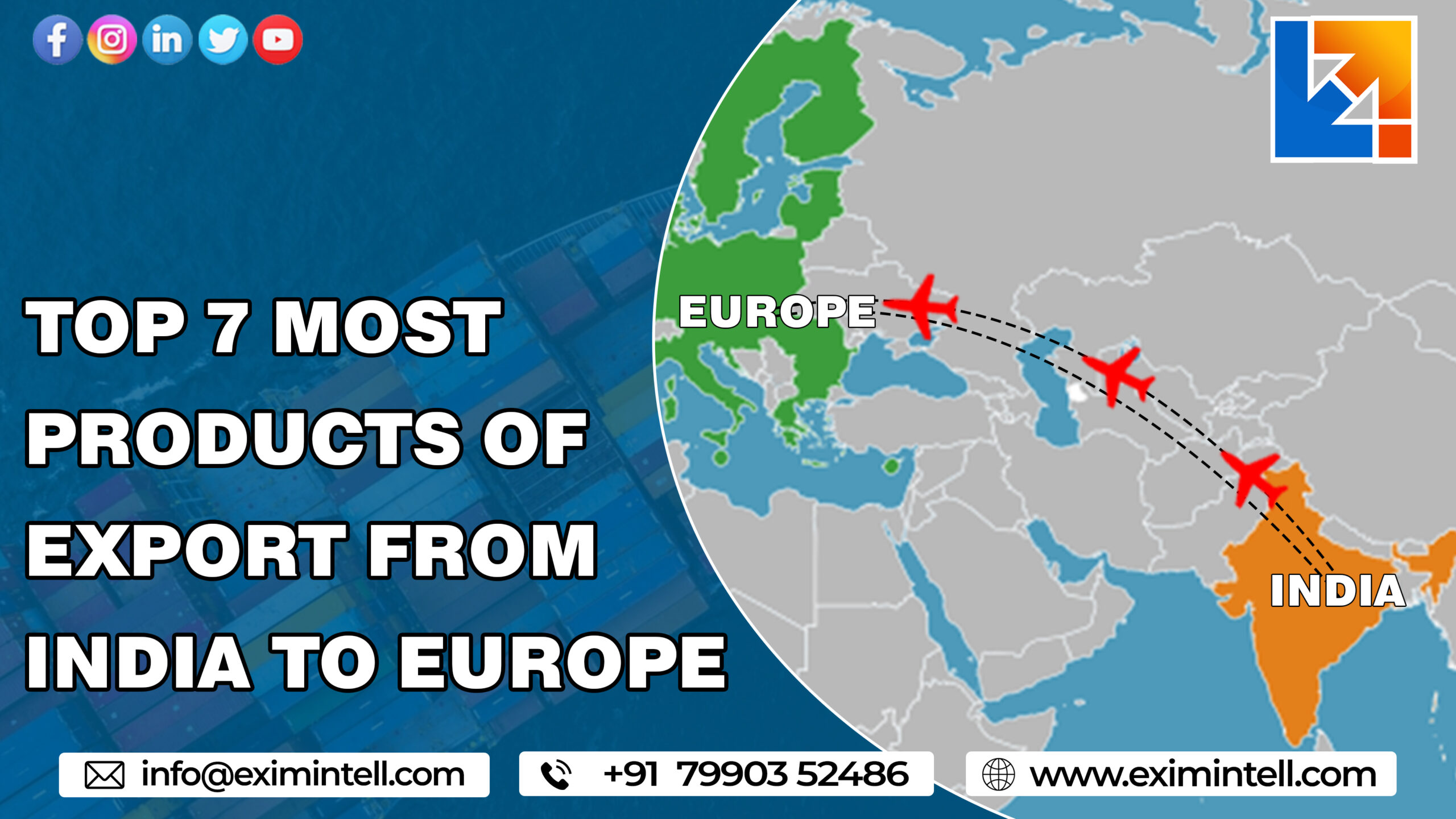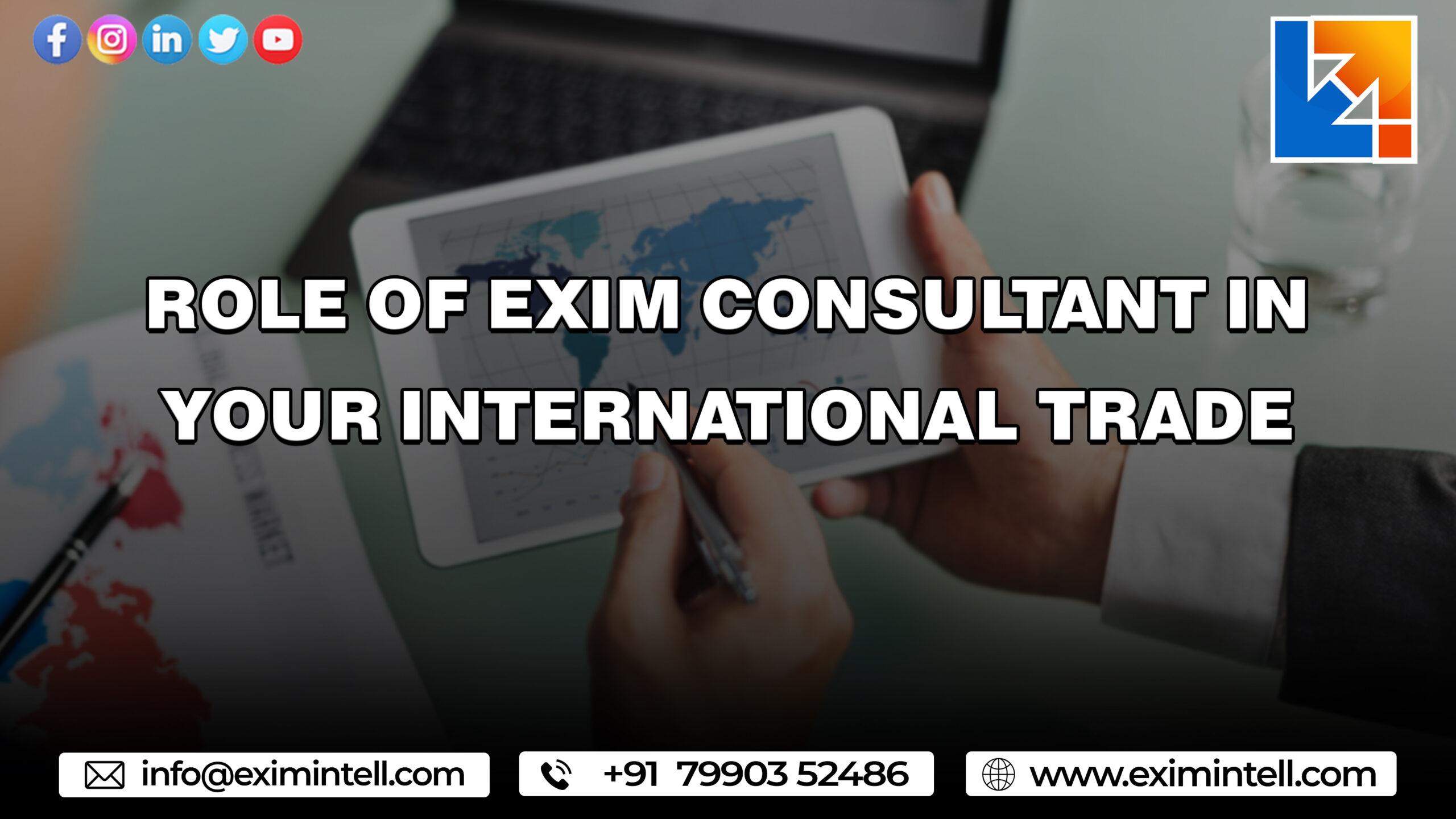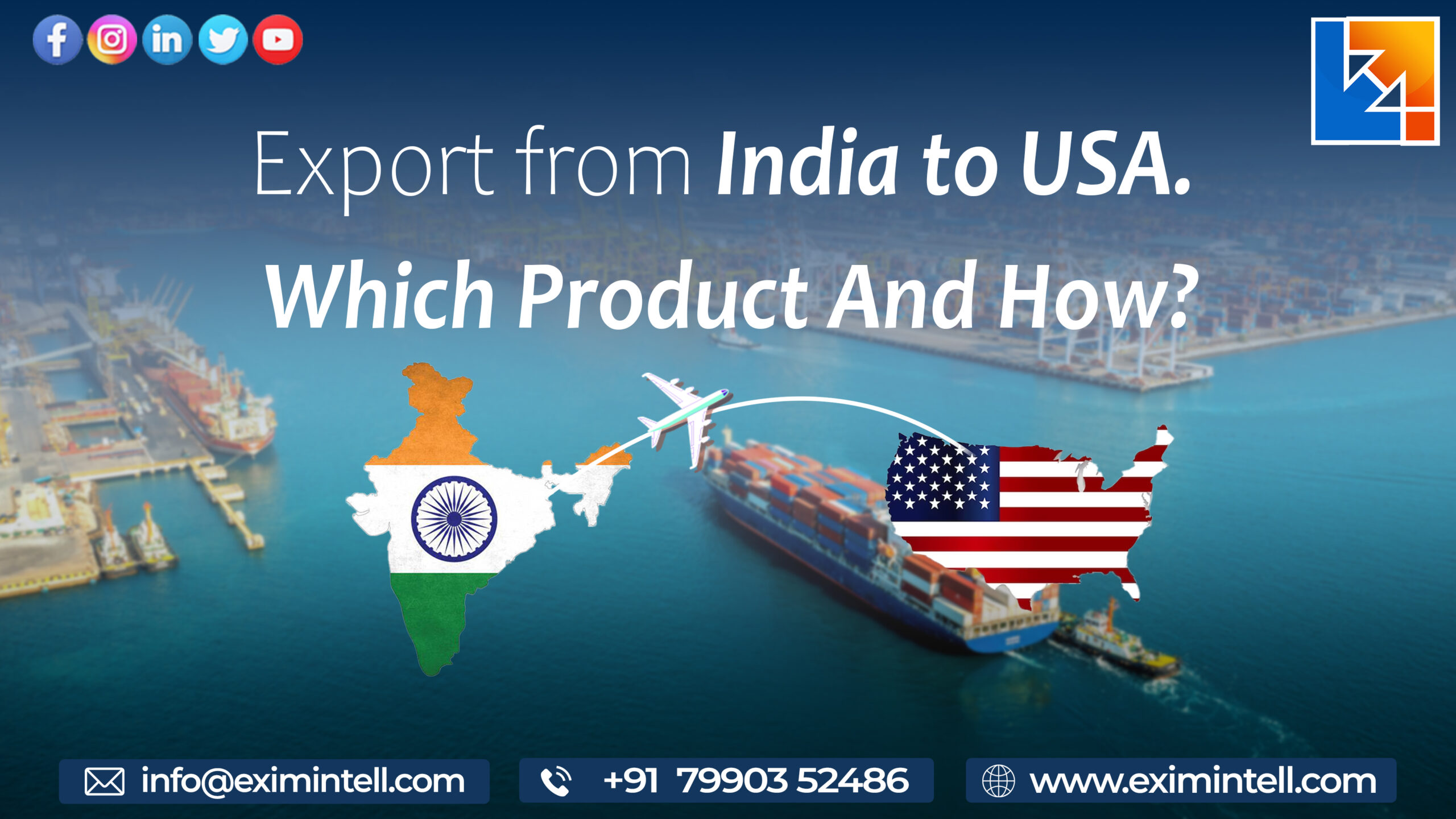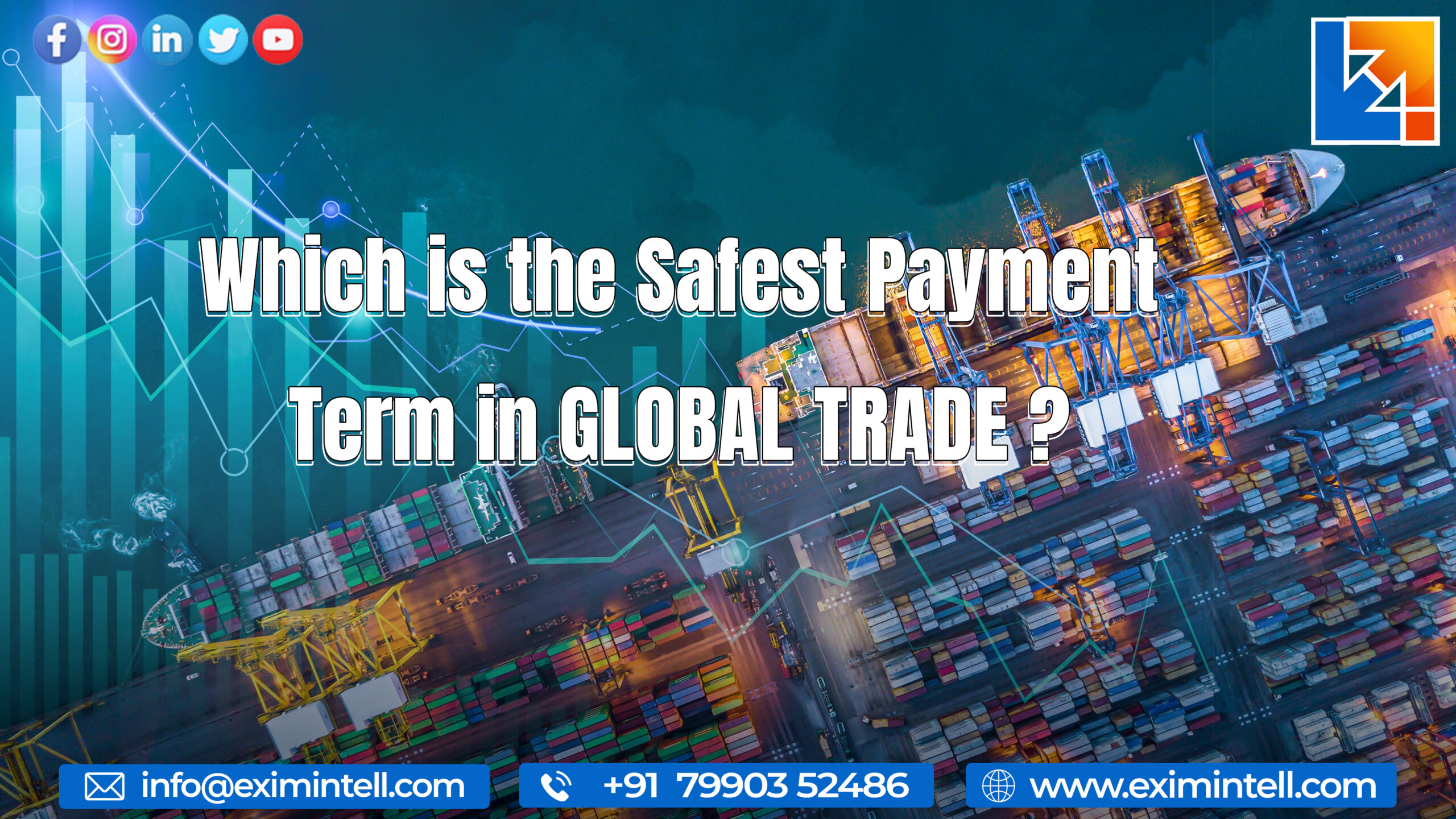India has long been a hub for exporting some of the most innovative and sought-after products, with its rich cultural heritage and diverse industries. From textiles to technology, India’s top exports have captured the attention of markets worldwide, including Europe! This blog post will explore the Top 7 Most Products to Export from India to Europe. So get ready to discover exciting new products making waves across European countries!
Introduction to Export from India to Europe
Europe is one of the top destinations for Indian exports. Europe is the largest market for Indian goods and services, accounting for about 20% of India’s total exports. India exports many European products, including textiles, pharmaceuticals, automobiles, gems, and jewelry.
Textiles are one of the oldest and most important industries in India, and exports of textiles to Europe have been growing steadily in recent years. In 2016-17, textile exports from India to Europe were valued at over US$ 10 billion. The main markets for Indian textiles in Europe are the United Kingdom, Germany, Italy, and Belgium.
The pharmaceutical industry is another important sector of the Indian economy, and exports of pharmaceutical products to Europe have also been growing steadily in recent years. In 2016-17, pharmaceutical export from India to Europe were valued at over US$ 9 billion. The main markets for Indian pharmaceuticals in Europe are the United Kingdom, Germany, France, Italy, Spain, and Belgium.
The automobile industry is another key sector of the Indian economy, and exports of automobiles to Europe have been increasing in recent years. In 2016-17, automotive export from India to Europe were valued at over US$ 8 billion. The main markets for Indian automobiles in Europe are the United Kingdom, Germany, France, Italy, Spain, Belgium, Switzerland, Turkey & Poland.
Gems and jewelry are another important export sector in India.
The Top 7 Most Popular Products Export from India to Europe
1. Garments: India is the world’s second-largest exporter of garments and textile products, with Europe as its biggest market. In 2016-17, India’s garment exports to Europe stood at US$ 16.61 billion, accounting for 28.63% of India’s total garment exports.
2. Drugs and Pharmaceuticals: India is one of the world’s leading manufacturers of generic drugs, and exporting them to Europe has been a critical driver of growth for the Indian pharmaceutical industry. In 2016-17, drugs and pharmaceutical exports from India to Europe stood at US$ 9.67 billion, accounting for 17.92% of India’s total drug exports.
3. Electrical Equipment: Europe is a significant market for Indian electrical equipment manufacturers, with exports totaling US$ 7.58 billion in 2016-17, accounting for 23.50% of India’s total electrical equipment exports.
4. Machinery: Machinery export from India to Europe have been growing steadily in recent years and totaled US$ 4.01 billion in 2016-17, accounting for 12.48% of India’s overall machinery exports.
5. Vehicles: Vehicle export from India to Europe have risen in recent years and totaled US$ 3.36 billion in 2016-17, accounting for 10.48% of India’s total vehicle exports.
6. Metals: Metals export from India to Europe totaled US$ 3.28 billion in 2016-17, accounting for 9.81% of India’s total metals exports.
7. Organic Chemicals: Organic chemicals are an essential export item from India to Europe and accounted for US$ 2.50 billion in exports in 2016-17, making up 7.74% of India’s total organic chemical exports.
Agricultural Products
Indian Agricultural Exports have risen in recent years, with Europe being one of the top destinations for these products. Here are some of the most popular agricultural products that India exports to Europe:
1. Rice: India is one of the world’s leading producers and exporters of rice, and European countries are among its top customers. Indian rice is known for its high quality and competitive prices, making it a popular choice for European buyers.
2. Wheat: Like rice, wheat is another essential agricultural commodity India export to Europe in large quantities. Indian wheat is noted for its good quality and competitive pricing, which makes it a popular choice for European buyers.
3. Sugar: Sugar is another popular agricultural product India exports to Europe in large quantities. Indian sugar is known for its high quality and competitive prices, which make it a popular choice for European buyers.
4. Tea: India is one of the world’s leading producers and exporters of tea, and European countries are among its top customers. Indian tea is known for its high quality and competitive prices, making it a popular choice for European buyers.
5. Coffee: Coffee is another popular agricultural product India exports to Europe in large quantities. Indian coffee is known for its high quality and competitive prices, which make it a popular choice for European buyers
Textiles and Clothing
Indian textiles and clothing have been prevalent in Europe for centuries, and today they are one of the top Exports from India to Europe. The wide range of materials and clothing available from India is one of the main reasons for its popularity, as there is something to suit every taste and budget.
The most popular type of Indian textile is cotton, which is used to make a wide variety of items, including shirts, dresses, trousers, and bedding. India is also a major producer of silk, used to make garments such as sarees and scarves. Other popular types of Indian textiles include wool, linen, and jute.
Indian clothing is often brightly colored and intricately decorated, reflecting the country’s rich cultural heritage. Popular clothing items include saris, salwar kameezes, lehengas, and sherwanis.
The growing popularity of Indian textiles and clothing in Europe has increased demand for these products, resulting in more businesses export from India. This has not only boosted the economy but has also created employment opportunities for many people in India.
Leathergoods & Footwear
India is one of the leading suppliers of leather goods and footwear to Europe. In 2016, India exported $4.3 billion worth of leather goods and footwear to Europe, accounting for 15% of all export from India to Europe. Leading products in this category include footwear, gloves, belts, and other leather accessories. India is also a major supplier of finished leather to European companies, with an estimated export value of $1.2 billion in 2016.
Footwear is by far the largest sub-category within leather goods and footwear export from India to Europe, estimated at $3.4 billion in 2016. This includes all types of shoes, from sandals and flip-flops to formal shoes and sneakers. Within the footwear sub-category, women’s shoes are the largest category by value, followed by men’s and children’s shoes.
Belts are the second largest sub-category within leather goods and footwear export from India to Europe, estimated at $500 million in 2016. This includes all types of belts for both men and women, including casual belts, dress belts, and even belt buckles. Other leather accessories such as wallets, purses, and key chains are famous exports from India to Europe, estimated at $400 million in 2016.
Gloves are another famous export from India to Europe, estimated at $300 million in 2016. This includes all types of gloves for both men and
Automotive Parts and Accessories
India is a growing economy, and her exports are proof of this. India exports various products to Europe, but the top three exports are automotive parts and accessories, pharmaceuticals, and textiles.
1. Automotive Parts and Accessories: India’s automotive export industry is booming. In the last five years, exports have grown by 20%. Automotive parts and accessories are one of India’s most famous exports to Europe. In 2016, Indian exports of these products were valued at $4.3 billion.
2. Pharmaceuticals: India is one of the world’s leading producers of generic drugs. These drugs are in high demand in Europe, often used to save on healthcare costs. In 2016, Indian pharmaceutical exports to Europe were valued at $5.6 billion.
3. Textiles: India has a long history of exporting textiles to Europe. In 2016, textile exports from India to Europe were valued at $6 billion. This figure includes finished textile products and raw materials such as cotton and wool.
Pharmaceuticals and Medical Devices
The Indian pharmaceutical and medical device industries are among the most rapidly growing in the world. In 2017, the value of India’s exports of pharmaceutical products and medical devices was US$15.4 billion, an increase of 18% from 2016.1 The United States is the largest market for Indian pharmaceutical products, accounting for 42% of total exports in 2017. However, Europe is a significant market for Indian exporters of these products, accounting for 23% of total exports.
The Top Ten Medicines Export from India to Europe in 2017 were:
1) Cardiovascular drugs: $3.1 billion
2) Anticancers: $2.7 billion
3) Pain management drugs: $1.6 billion
4) Hormones and steroids: $929 million
5) Gastrointestinal drugs: $781 million
6) Antivirals: $773 million
7) Diabetes drugs: $712 million
8) Immunosuppressants: $627 million
9) Neurology drugs: $583 million
10) Psychiatric drugs: $522 million
Electrical Equipment, Machines, and Appliances
Several electrical equipment, machines, and appliances are export from India to Europe. Some of the top products in this category include:

1. Electrical generators
2. Industrial machinery
3. Solar photovoltaic cells and modules
4. Wind turbines
5. Electric motors
6. Power transformers
7. Switchgear and controlgear
These products find application in various industries, such as power generation, transmission and distribution, manufacturing, construction, and more. India is one of Europe’s leading suppliers of electrical equipment, and the demand for these products is always high.
Discussion about India’s Export Potential to Europe
India has been a leading exporter of several European commodities over the past few years. Here is a list of the top products that India exports to Europe:
1. Organic chemicals: India exported organic chemicals worth $4.6 billion to Europe in 2016-17. The main organic chemical export from India to Europe include phenols, aromatic hydrocarbons, ethers, alcohols, and ketones.
2. Vegetable oils: Vegetable oils are another essential export item from India to Europe, with exports valued at $3.5 billion in 2016-17. The main vegetable oils export from India to Europe include palm, soybean, and sunflower.
3. Electrical machinery and equipment: Electrical machinery and equipment from another significant category of Indian exports to Europe, valued at $3 billion in 2016-17. The main items under this category include transformers, motors, generators, switches, and electrical wiring.
4. Iron and steel: yet another essential export item from India, iron and steel exports to Europe were valued at $2.9 billion in 2016-17. The main items under this category include pig iron, semi-finished iron, ferroalloys, and stainless steel.
5. Textiles: Textiles form a vital export category from India to Europe, with textile exports being valued at $2 billion in 2016-17. The main items under this category include cotton
Conclusion
As seen, India exports a variety of products to Europe. India’s range of export items is extensive and varied, helping to ensure that both economies benefit from the international trade relationship. From healthcare products and ready-made garments to engineering and electronic goods, these top 7 most exported products must be considered when doing business with European countries. By being aware of these popularly traded goods between the two regions, Indian companies can better understand their markets to grasp what types of products will capitalize on their strengths and maximize profits.



















